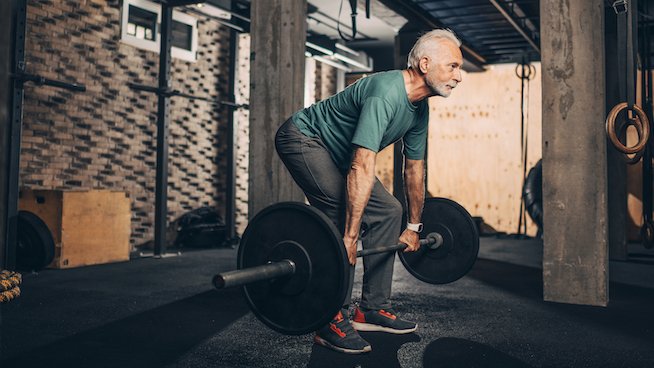Show of hands, please.
Have you been told or taught that to overcome an injury you needed to strengthen some part of your body or just generally get stronger? How about that you need to regularly stretch certain areas because they're prone to being tight?
I know my hand is up. When I began my career, I viewed strength training as a cure-all. If runners would just strength train consistently, they'd have no issues!
In 2023, STILL, the conventional approach in the fitness and rehab world is to identify areas that are weak, then strengthen them or identify areas that are tight, then stretch/release them. I mean, it kinda makes sense, right?
If you think muscles are the be-all and end-all in training, then what else are you going to do if not treat / work on your muscles?
Credit to Gary Ward of Anatomy in Motion, here's the paradigm shift: In gait (walking and running), "joints act; muscles react" and "muscles lengthen BEFORE they contract.”
This means that your bones move FIRST. Your muscles are set up to initially lengthen to allow for the movement of your bones, then, like a trampoline, contract to propel the bones in the other direction.
Here's an example:
When you land, your knee bends to help you absorb shock. The lower quads (muscles that cross the front of your knee) lengthen to allow the knee to bend. At a certain point, the quads lengthen to a point when they become stimulated (via their stretch reflex) to shorten, which causes the knee to straighten.
Bones move --> muscles lengthen to accommodate the movement.
Muscles lengthen to a point --> then contract to push bones back the other way.
Load --> explode!
Cool! Now what?
Well, the question then becomes, "are your bones able to access the movements they're designed to access?" Because, if they are, the muscles will get the experience they're meant to experience.
If you have chronically tight calves or hips, achy knees, chronic plantar fasciosis, high hamstring tendinopathy (or most other running related musculoskeletal issues), then it's unlikely the bones to which those muscles are attached are experiencing efficient movement.
By focusing on the muscles, you will NOT affect/improve the movement of your bones. Therefore, when you're out there walking and running, your muscles will not 'load and explode'; rather they will continue to get the experience they've always gotten. Thus, you will continue to battle tightness, weakness, and inefficiency no matter how strong and flexible you become.
Instead, let's focus on improving the movement of your bones. Invite them to experience their optimal motion. When they do, your muscles will lengthen and shorten appropriately with every stride you take. Your stride will feel more free, light, and effortless. Aches and pains will evaporate as pressure is more evenly distributed through the system.
So how does strength training and stretching fit in?
My take on strength training has greatly evolved over the years and I hope yours will, too. Perhaps it will continue to do so, but for now it's important to understand that strength training helps us, as runners, to be more resilient. That is, we can handle more stress. This is why strength training isn't a 'bad' solution if you're dealing with injury, but it's not the first tool I reach for.
It also promotes better performance by improving our coordination, our potential to produce power, and hormone profile (e.g., testosterone increases).
So, keep strength training! But, don't expect strength training to address the underlying reason for abnormal muscle issues like tightness or weakness.
While there may be a time and place for the ol’ ‘stretch and hold’, the most valuable type of stretching is called dynamic stretching and it’s great for doing right before running or working out. The lunge matrix or a yoga flow are great examples.
A final example:
Several years ago I was told my glutes were weak.
I scratched my head. Well, dang. Earlier THAT DAY I had front squatted 260lbs with, by all measures, great form. At the time I was really into doing barbell hip thrusts - literally a glute exercise - and could lift 500lbs. And, let's just say it, I didn't exactly have a pancake butt!
So, WTF?
One can have strong muscles but not use them to their potential while running. As we discussed above, if the bones don't move in a way that gives the muscles a role to play, the muscles won't play their role.
If while running my hip doesn't experience the movement it's supposed to (flexion, for example), then glute, in the sagittal plane, will not lengthen sufficiently to cause a powerful contraction.
The solution for me was not to add more strength training, but rather to learn how to access a better hip flexion while walking and running.
Your head might be spinning at this point and that's completely normal! It took me a while to fully understand this perspective and, as I said, this is not currently the conventional way of thinking. But, hopefully one day it will be.
Please don't hesitate to reach out if you have questions or would like to chat further!

